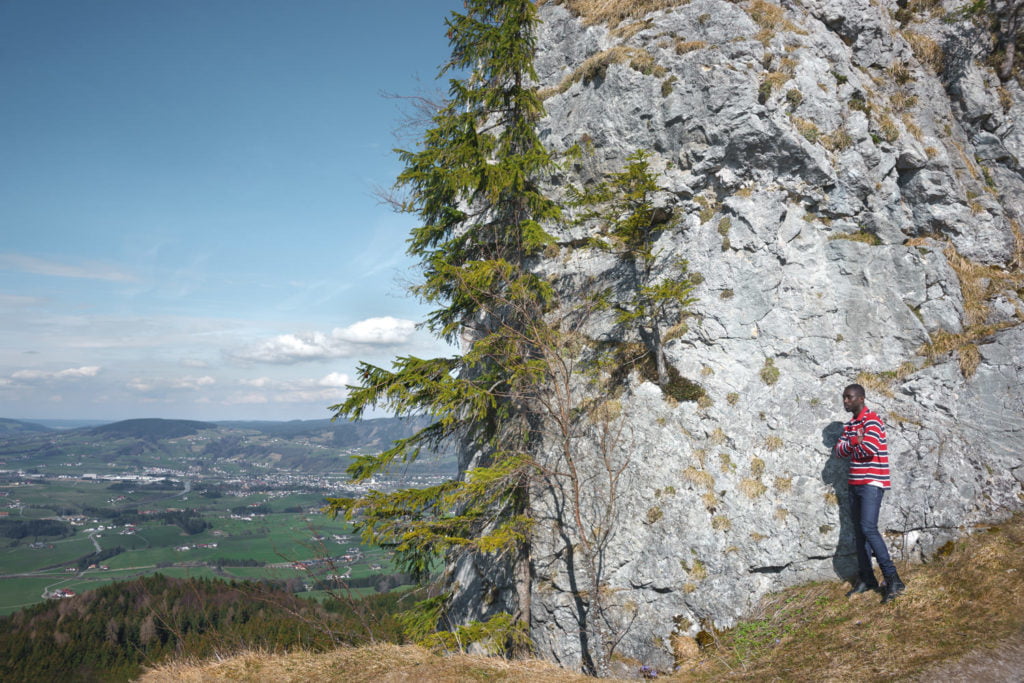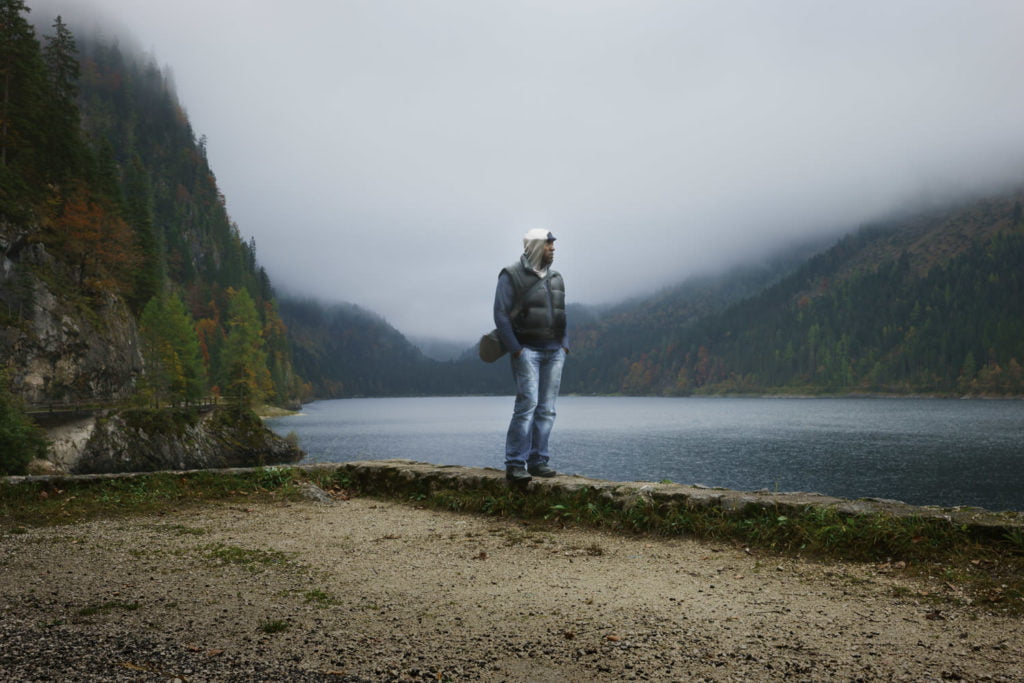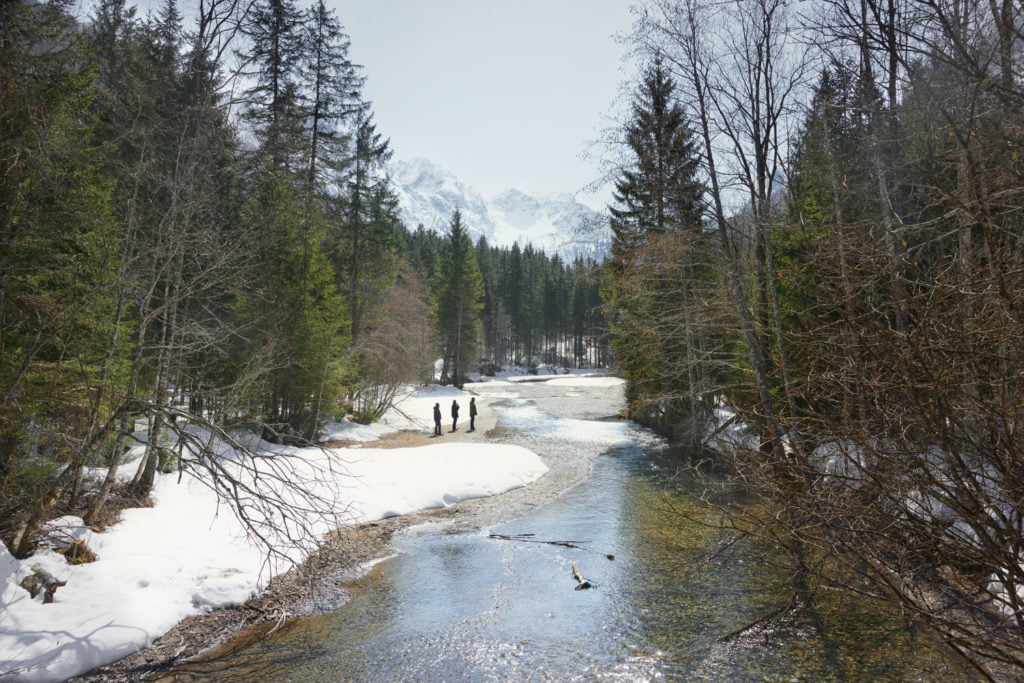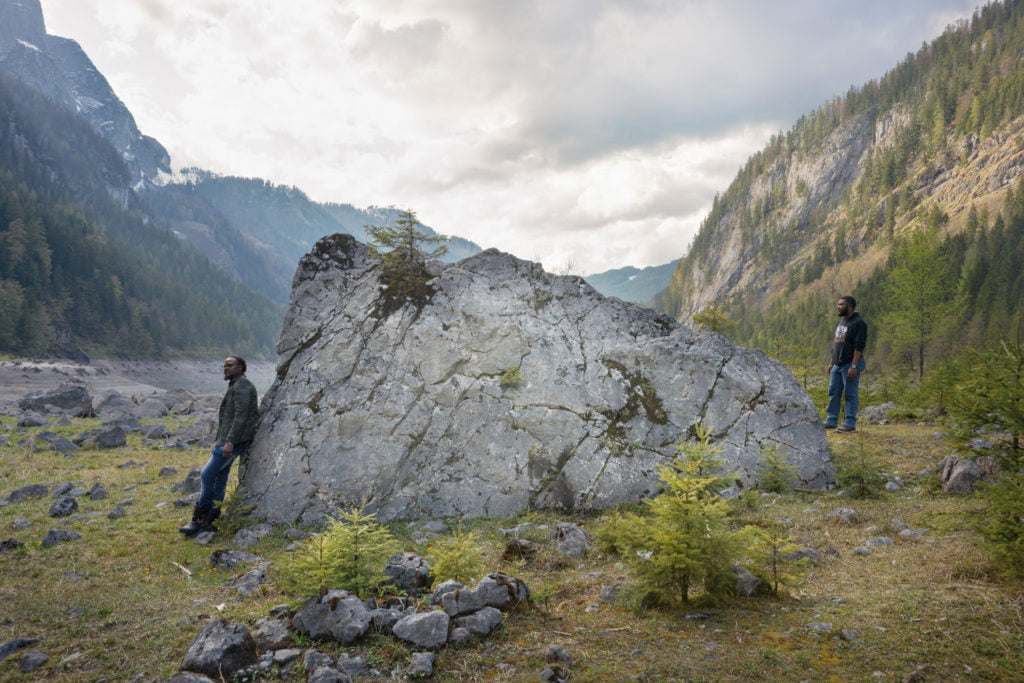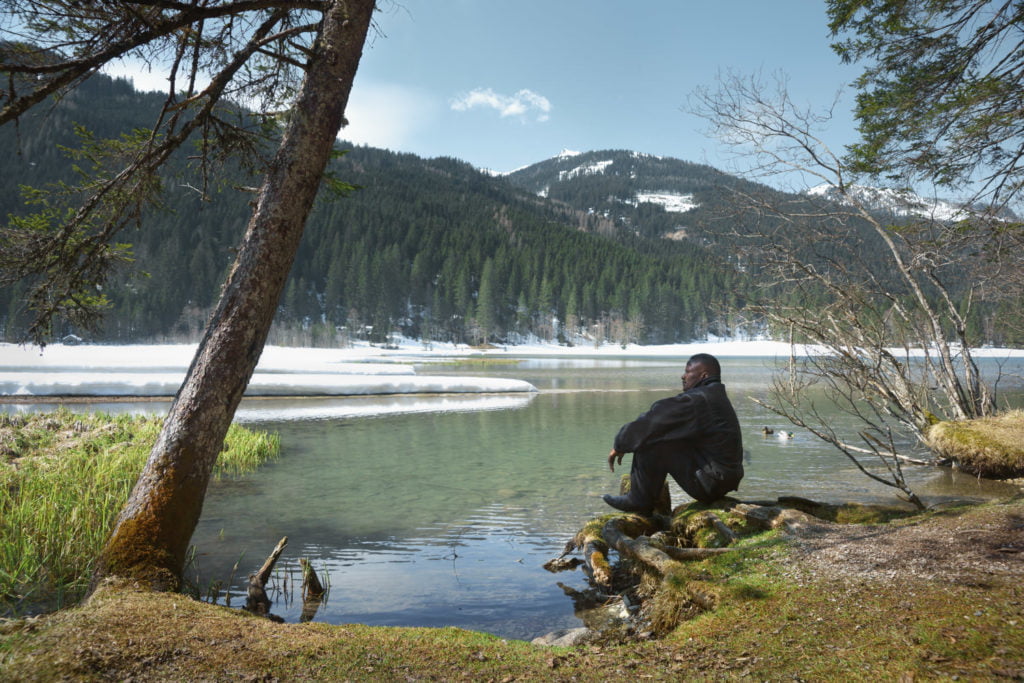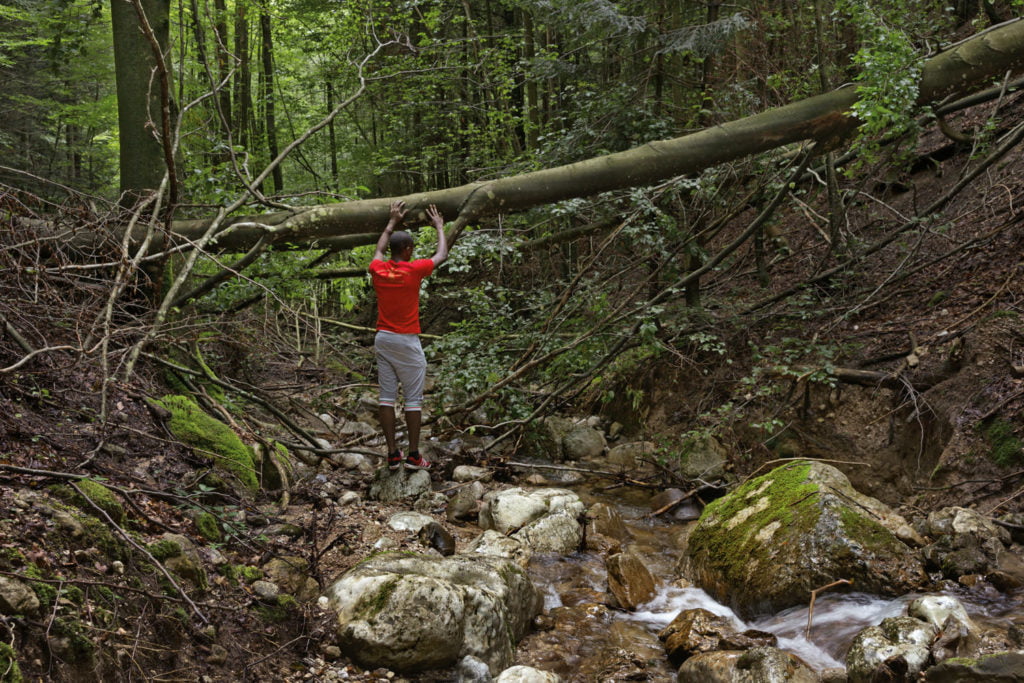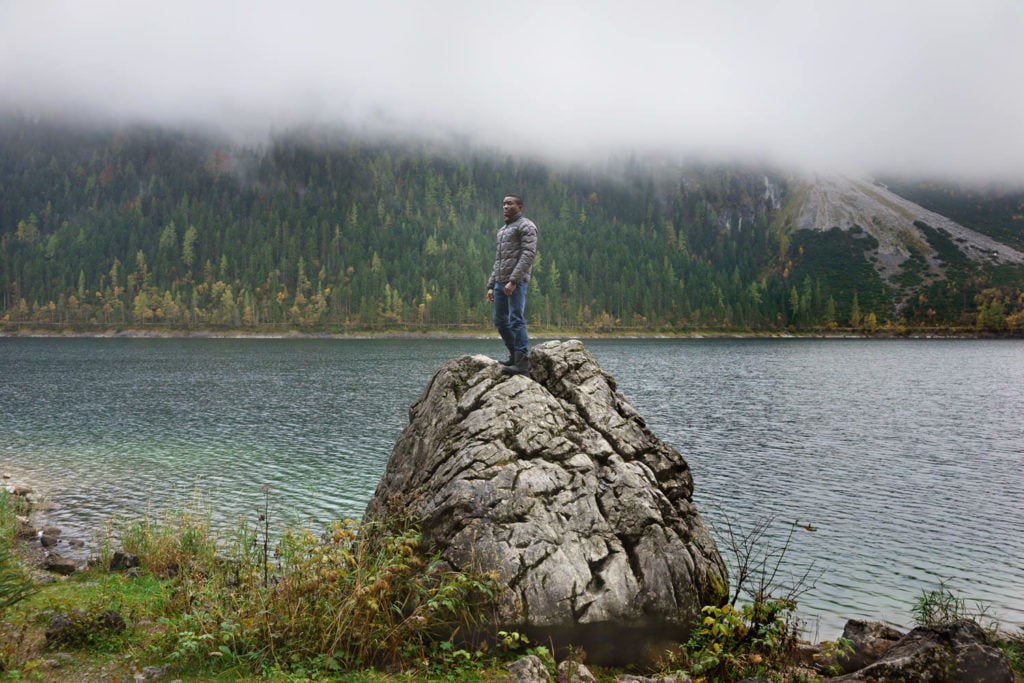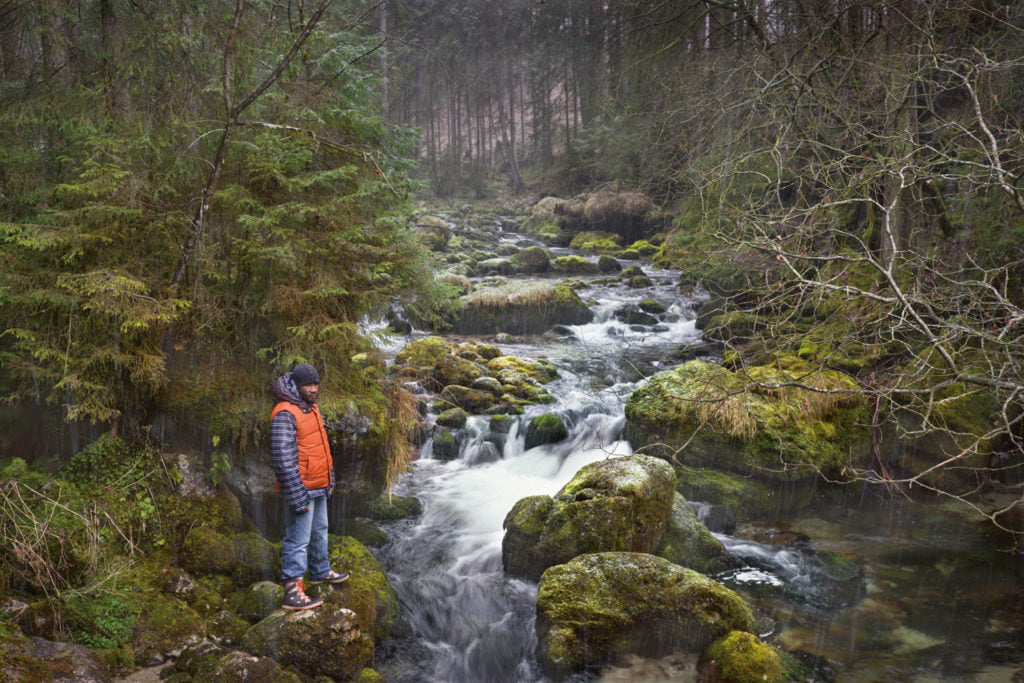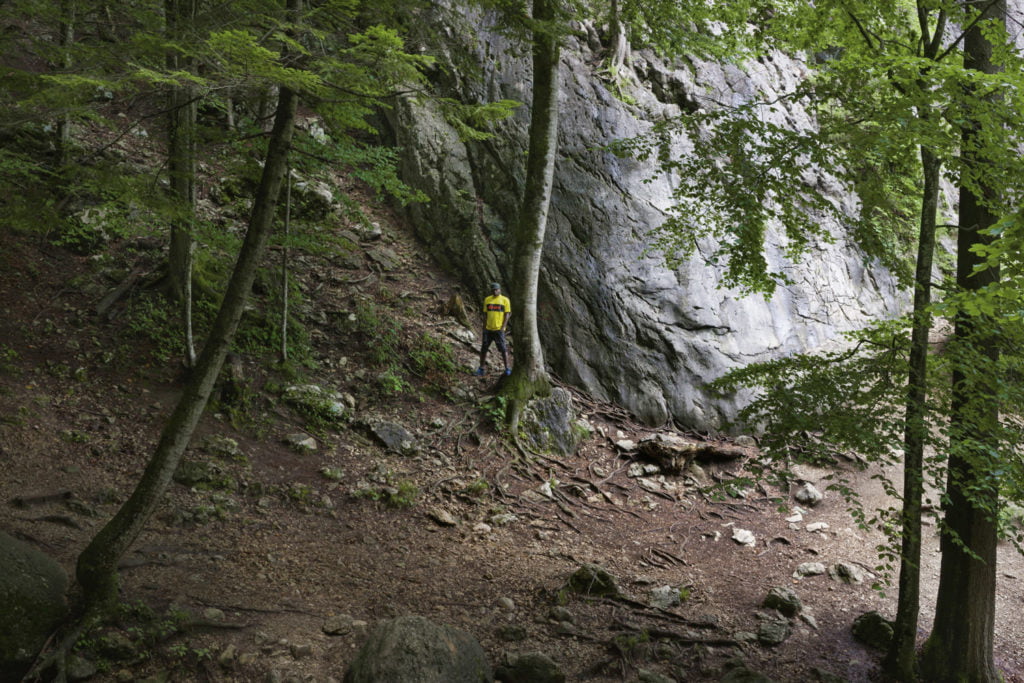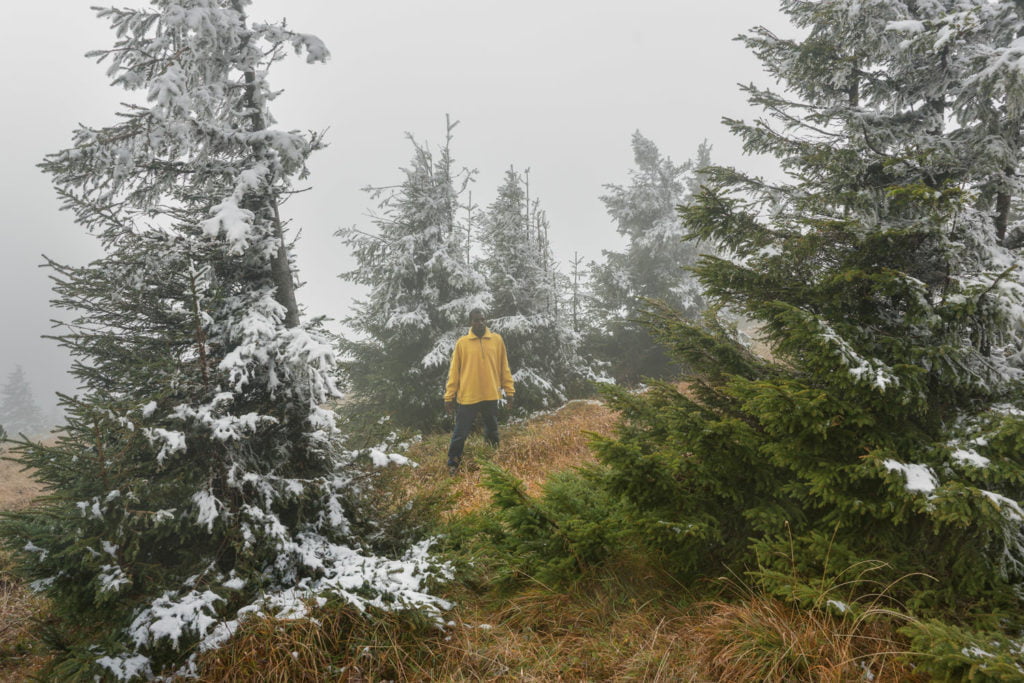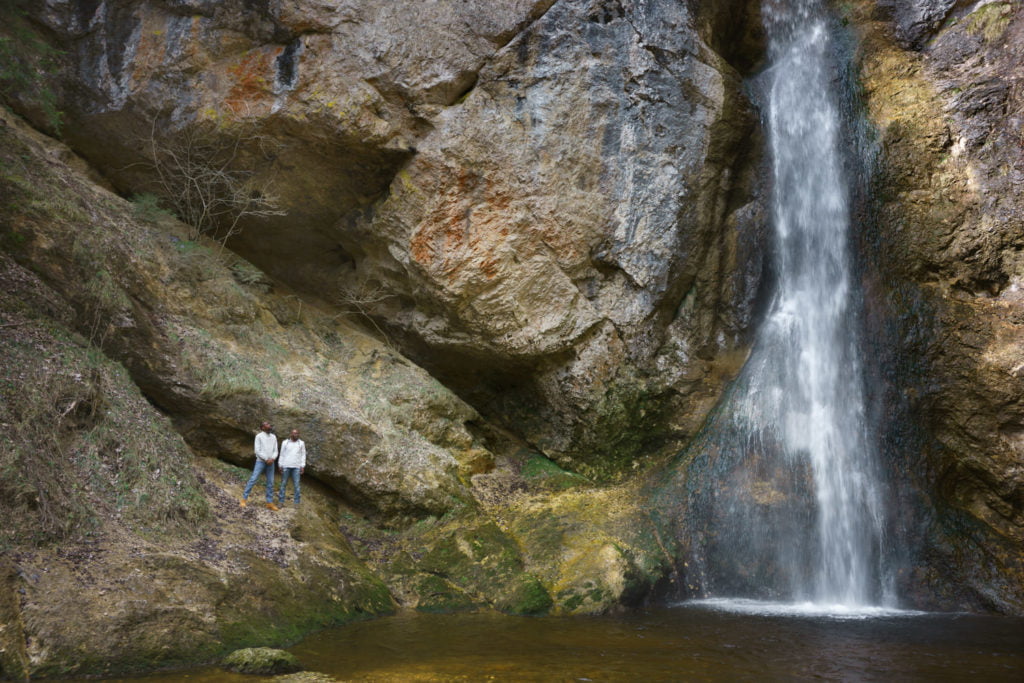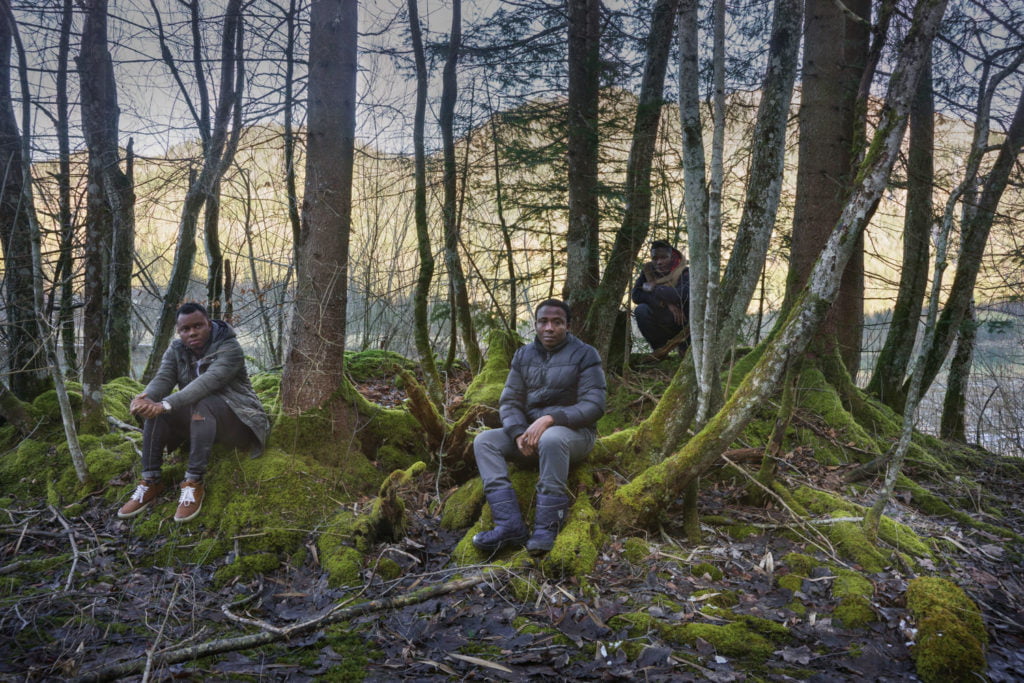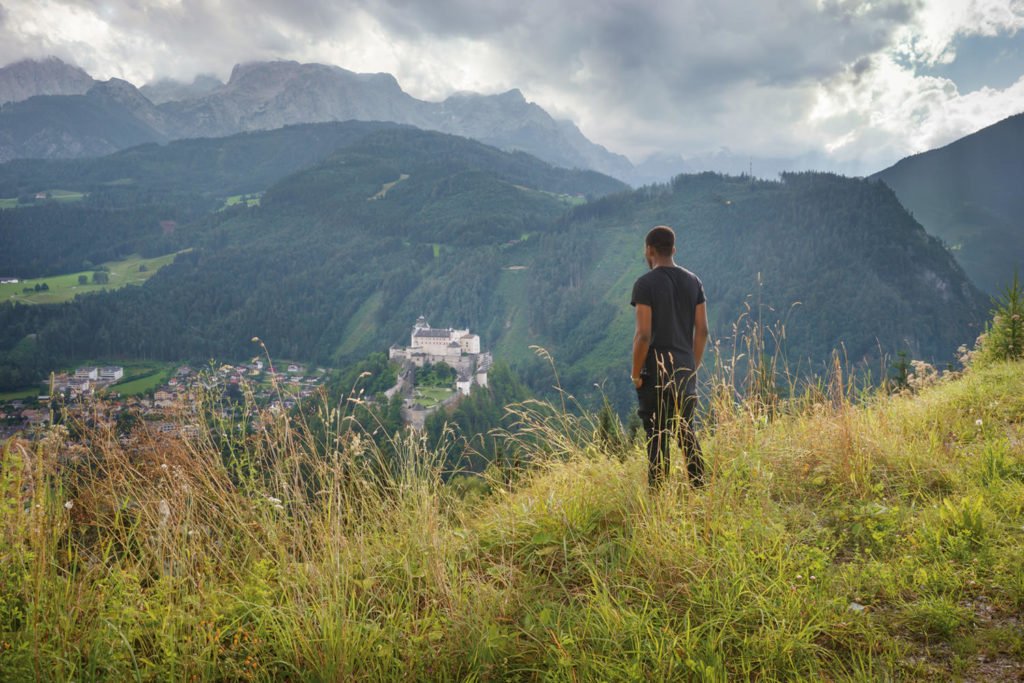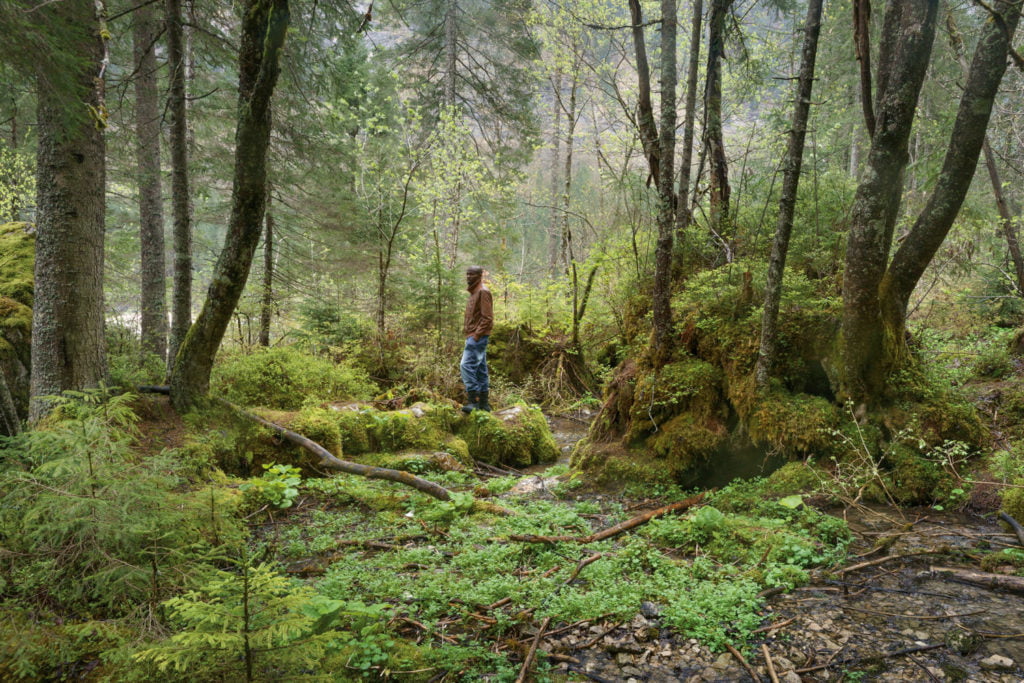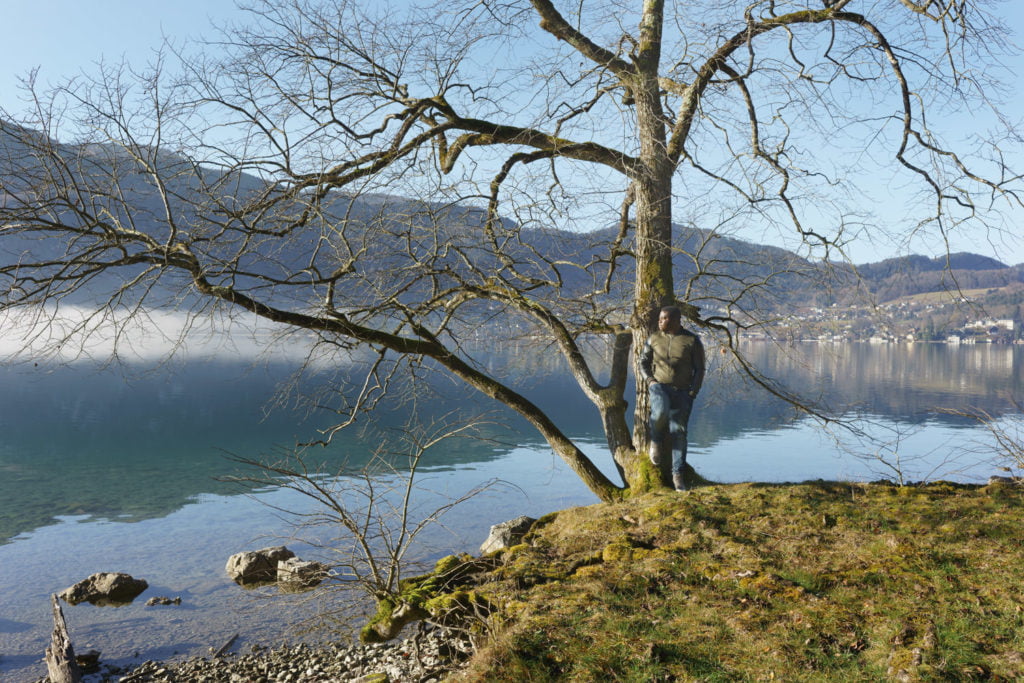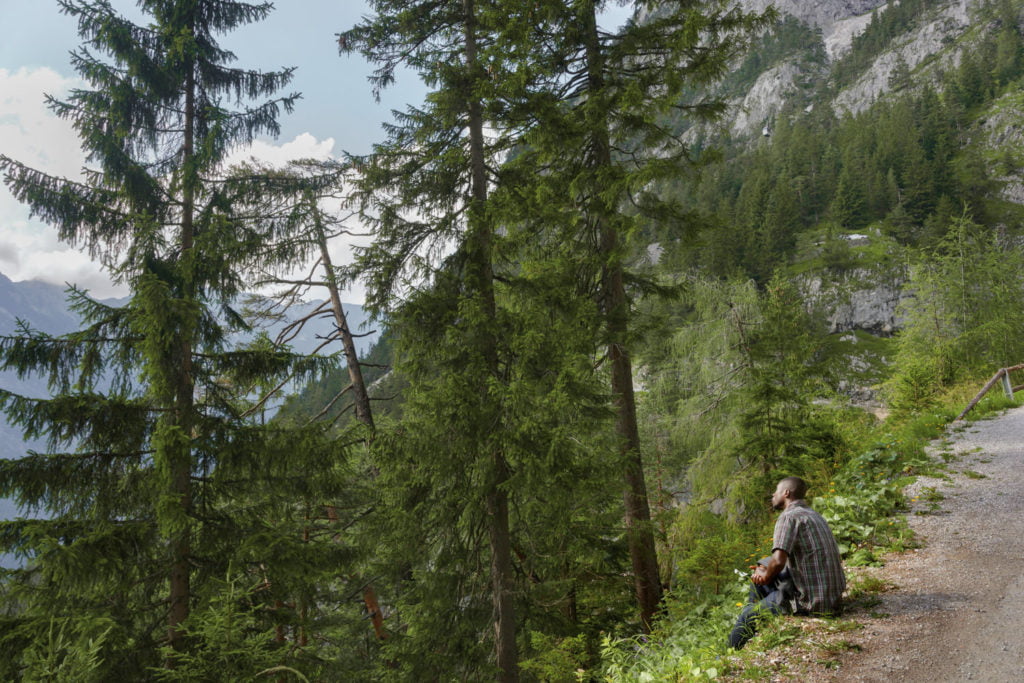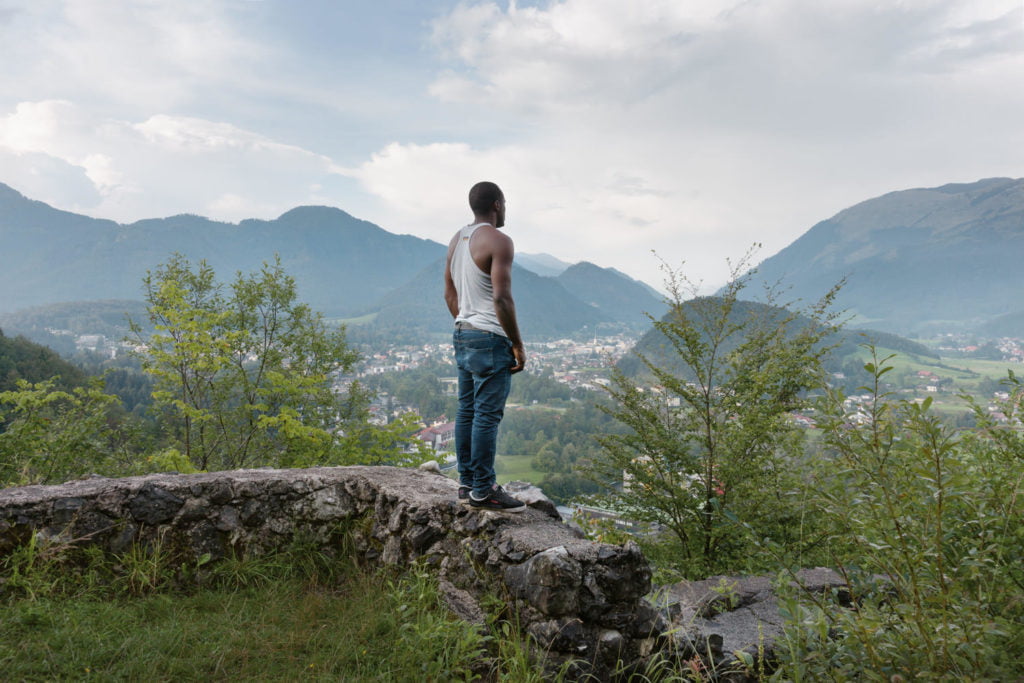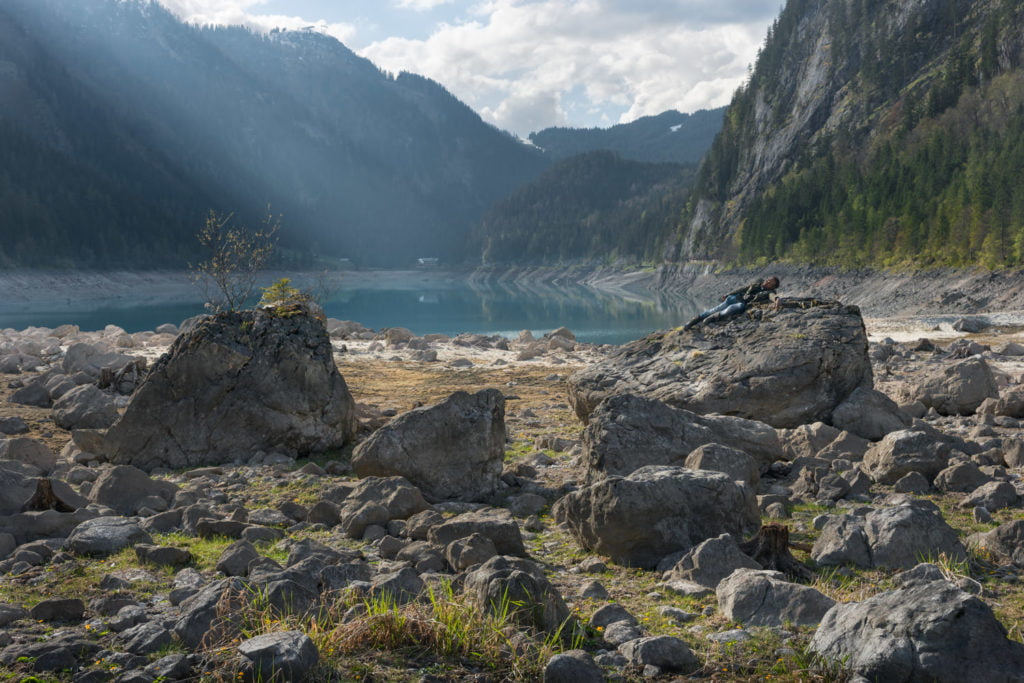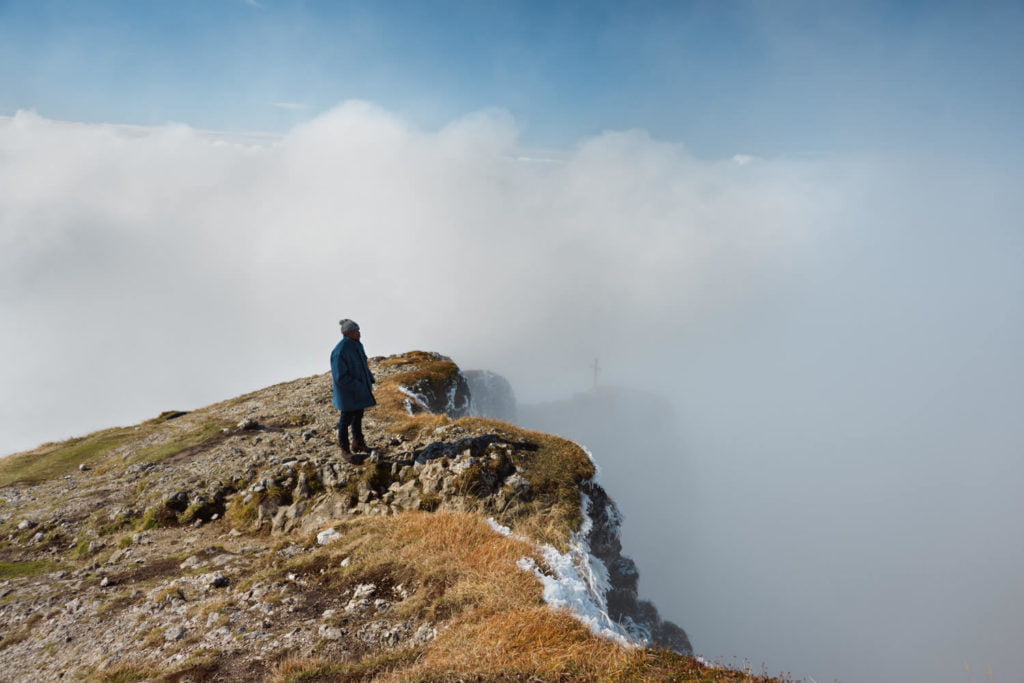Ekaterina Sevrouk
I Came a Stranger
I am particularly interested in the lives and circumstances of migrants and refugees. This is due in part to my own life story and my experiences as an immigrant, but also to the influence of the journalistic war photography of my father Sergey Sevrouk, now deceased, whose name I chose as my artist’s name. My own personal journey from Russia to Germany took me via Austria, and I lived there in Vienna and St. Gilgen between 2010 and 2015. And while I’m currently living and working in Berlin, I regularly spend time in Salzburg working on various projects.
Salzburg is well known and loved as a cultural centre, far beyond Austria’s borders. What’s more, Austria’s fourth largest city has stood out recently with a particularly dedicated refugee policy, showing the world what a country and its people can achieve when it comes to coping with migratory movements.
As a photographer I’m always striving to make use of the means of artistic expression at my disposal to
- create aesthetically ambitious photographs that go beyond the politics of the day and purely documentary photography
- record events that are of relevance in terms of contemporary history, such as current migratory movements in and around Austria
- make a contribution to society and prompt viewers to ask themselves to what extent we still embrace the ideals of humanity and the spirit of the Enlightenment that shaped early Romanticism in Germany.
My personal thanks to all those who appear in my photographs for their willingness to be part of my project.
Ekaterina Sevrouk
Ekaterina Sevrouk, born 1975 in Moscow; since 2015 student at the Neue Schule für Fotografie in Berlin.
For her project entitled I came a stranger Ekaterina Sevrouk photographed male refugees from Africa in natural environments and partly exposed alpine regions of Austria. She began the series in 2015, and it now comprises around 80 photographs. The project, which is located mainly in the landscape of the Salzkammergut region, is predicated on indepth discussions between the artist and the refugees. Sevrouk’s presentation and explanation of the specific idea behind the photographs at asylum camps provide the starting point for a process of communication in which the artistic intent of a photographer is interlaced with the self-image of the refugees and their self-perception within the framework of the project. So, in this sense, every photograph is also the result of a real effort to establish a relationship, one that mediates respectfully between Sevrouk’s staged image concept and the subject status of the refugees in the chosen setting.
The title chosen for the series draws on Franz Schubert’s lieder cycle Winterreise [Winter Journey] set to poems by Wilhelm Müller. It opens up a space of references and allusions to the images that are reflected very specifically in the iconography and impact of the photographs. The songs were composed in 1827 and describe the Passion-like journey of a wanderer between exuberant joy and hopeless despair. They are regarded both as a key work of German Romanticism and of the subtle political criticism with which Schubert was responding to the reactionary restoration politics of his day. Where Schubert used the piano to express the stranger’s melancholy and soul- state, Sevrouk uses the resources of photography to create a mood and atmosphere of otherness and alienation. It is specifically because she draws on historical 19th century painting concepts of romantic experiences of nature and sentimental expressive art for the overall impact of her photographs that the African refugees become repeatedly connotated allegories of the strange and alien: ‘displaced’ in Austria’s natural environment and its mountains, ‘displaced’ in time, too, isolated emotionally, and as set pieces in a European art history of the 19th century that pursued its concept of Romanticism in parallel with the colonial exploitation of, among others, the African continent and its people.
The result is a series of photographs that contrasts people’s fateful life story with an aesthetic of dignity and transports the themes of escape, migration and asylum itself into a transitory state between image and reality – also in the sense of continuing that winter journey: ‘I came a stranger; a stranger I depart.’
Martin Hochleitner was born in Salzburg in 1970 and studied archaeology and art history, focusing on curatorial studies, reference art, and image theory. He was appointed Director of the Salzburg Museum in 2012; he lives and works in Salzburg and Linz.
